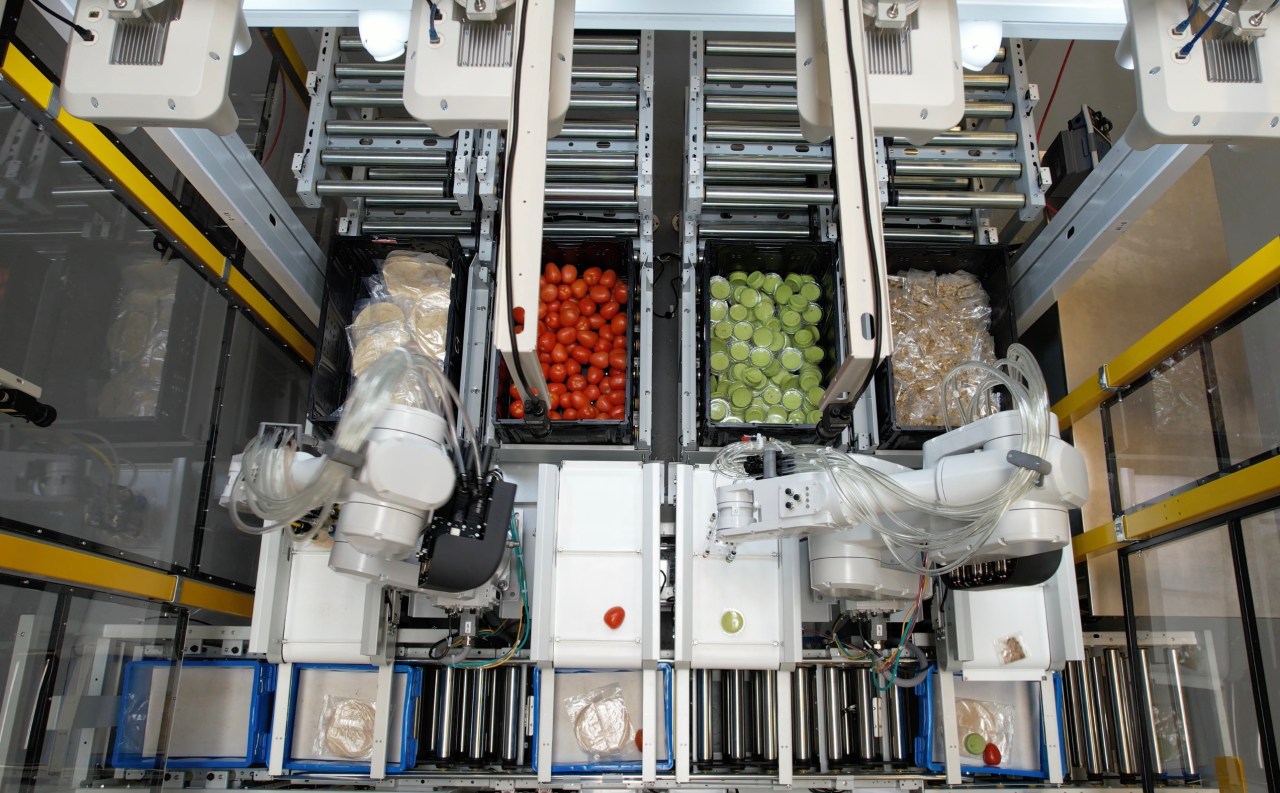In a world where technology advances at a breakneck speed, few innovations possess the potential to revolutionize industries like robotics. Covariant, an artificial intelligence spinout from the University of California, Berkeley, recently unveiled its groundbreaking Robotics Foundation Model 1 (RFM-1). Often referred to as the “ChatGPT for robots,” this platform seeks to elevate the capabilities of robotics beyond routine tasks to more dynamic, adaptable functionalities. Let’s delve into what this means for the future of robotics and how it could change our interactions with machines.
The Genesis of RFM-1
At the heart of RFM-1 lies a massive repository of data gleaned from Covariant’s existing Brain AI platform. By harnessing insights from extensive real-world deployments, Covariant has developed a language model tailored specifically for robots—essentially teaching them to “speak” in robotics terms. Co-founder and CEO Peter Chen emphasizes that the ultimate vision for RFM-1 is not just confined to the manufacturing sector; it extends across a plethora of applications including food processing, recycling, agriculture, and even domestic environments.
Bridging General Purpose Robotics and AI
The climate for robotics innovation is shifting, with various firms focusing on creating general-purpose robots. Emerging players like Agility and Apptronik are pushing the envelope, demonstrating that humanoid designs can offer greater adaptability akin to human functionality. However, the sophistication of AI systems that drive these robots remains critical for their success. As Chen aptly points out, merging hardware capabilities with intelligent software is essential for maximizing robotic potential.
Enhanced Reasoning Capabilities
The RFM-1 platform promises something groundbreaking: a human-like ability to reason. This isn’t just about executing predefined tasks; it’s about understanding context, interpreting commands, and making informed decisions. Covariant’s approach marks a significant departure from traditional robotics, where machines are programmed solely to perform specific functions repetitively. By employing methods reminiscent of human thought processes, RFM-1 enables robots to navigate challenges that would otherwise stymie a rigidly programmed machine.
- Adapting to the Unexpected: Robots can now manage small deviations in their operating environment without requiring extensive reprogramming.
- Natural Interaction: With a simple text or voice command, operators can instruct robots to perform complex tasks, aligning programming complexity with ease of use.
Real-World Applications and Demonstrations
Imagine a scenario where a warehouse worker instructs a robot via voice command to “pick up the red object.” The RFM-1 processor interprets this request using pre-defined training data on color and shape, successfully identifying and grabbing the desired item. Even more complex commands, such as “pick up what you put on your feet before you put on your shoes,” showcase RFM-1’s advanced reasoning capabilities. During live demonstrations, such interactions revealed the exciting trajectory of what collaborative human-robot engagement could ultimately look like.
Future Considerations and Challenges
Despite the promising advancements, it’s worth noting the multifaceted challenges that remain. The notion of having a “ChatGPT for robots” entails a significant leap in bridging the gap between human intent and robotic execution. Companies must remain cautious, ensuring that claims of human-like reasoning do not outpace the technology’s current capabilities. As further iterations of RFM-1 evolve, balancing public expectation with genuine technological progress will be key.
Conclusion: A New Era for Robotics
Covariant’s RFM-1 is a clear signpost in the evolution of robotic technology. By enhancing robots’ ability to interpret and respond to complex commands, the stage is set for broader applications across various sectors. As we look toward a future filled with increasingly autonomous robots, the idea of machines that can connect with human instruction on a fundamental level becomes not just a possibility, but an exciting reality.
At fxis.ai, we believe that such advancements are crucial for the future of AI, as they enable more comprehensive and effective solutions. Our team is continually exploring new methodologies to push the envelope in artificial intelligence, ensuring that our clients benefit from the latest technological innovations. For more insights, updates, or to collaborate on AI development projects, stay connected with fxis.ai.

